Nikon 28-80 AF-D Review - A Hidden Gem?
The Nikon 28-80 D lens isn’t much talked about. It’s old, cheap, plastic, and it has a slow variable aperture. There’s absolutely nothing attractive about this lens, and it’s no longer sold new so you don’t see any modern review sites covering it. Despite all this, it may be one of the most interesting lens options out there if you’re on a budget and shooting full frame.
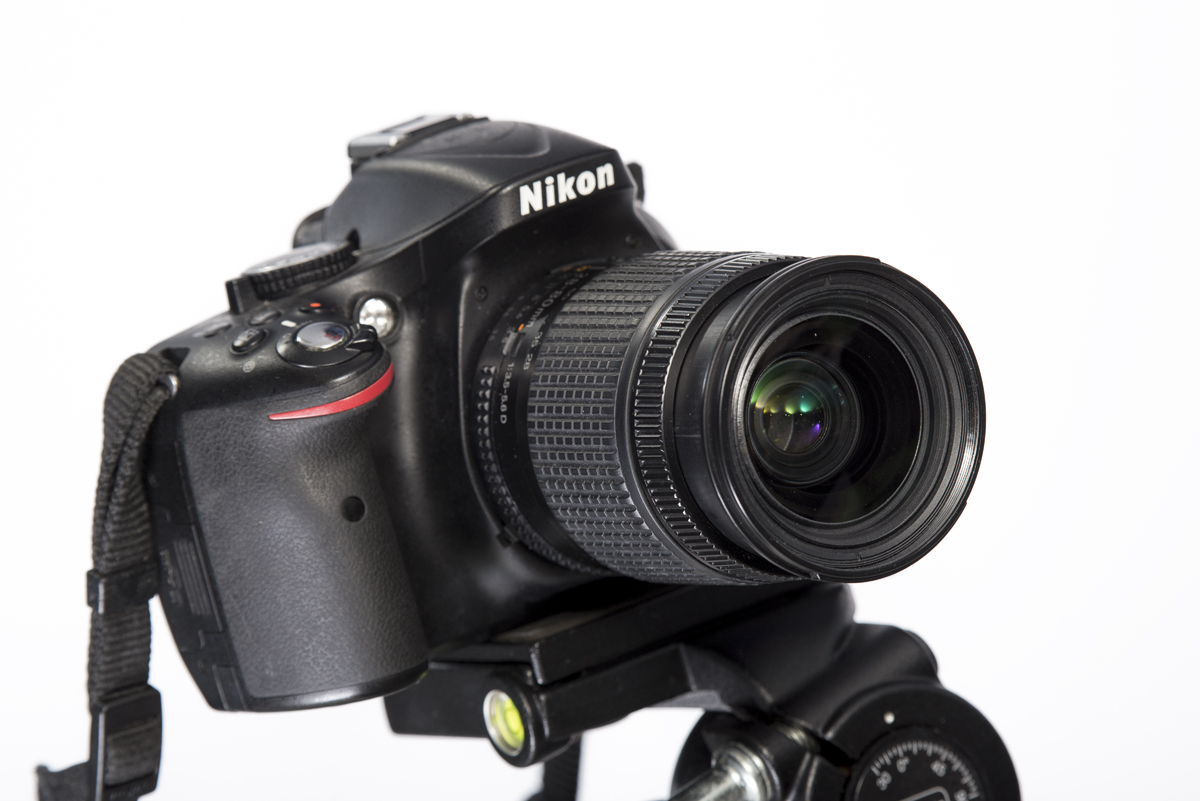
This lens was a kit lens for some of the cheaper film cameras Nikon used to make, and as such there are tons of them available. Mine was found in a bundle with the Nikon N60 for $30 CAD at the local thrift store, and online prices are pretty similar to that. As one of the cheapest Nikon lenses you can find, anywhere, you certainly don’t expect a lot from it.
I got this lens a couple days before a big trip to Scotland (more for family than photography, but photography was part of it). I’d already packed my bag with my D610, 50mm f1.8D, and Sigma 12-24 DG II. A nice light kit for fun shots, nothing too serious. I don’t have any standard zooms like the 24-120 f4 since I rarely need a lens like that, and even if I could justify buying one for this trip it would have added quite a bit of weight to my kit - not ideal when you’re going to be walking around all day for a couple weeks, and taking international flights.
Upon trying the 28-80 though, I quickly made room for it in my bag. It wasn’t spectacular, but it impressed me enough initially for me to put it through its paces in Scotland. Part of this was because it covered a range of focal lengths I lacked, but mostly it was because the shots genuinely looked pretty decent and I thought it would make a worthwhile addition to my bag. And with its tiny, plastic body, it took up almost no space and added little weight.
This is perhaps what makes it most attractive - its size, weight, and price make it an incredibly convenient option for people who don’t primarily use these kinds of lenses, but want one for spur of the moment stuff and rare occasions. Unless you already own a good standard zoom, it’s hard to resist such a cheap lens.
Here's a quick example of 28mm vs 80mm, taken from the same location:

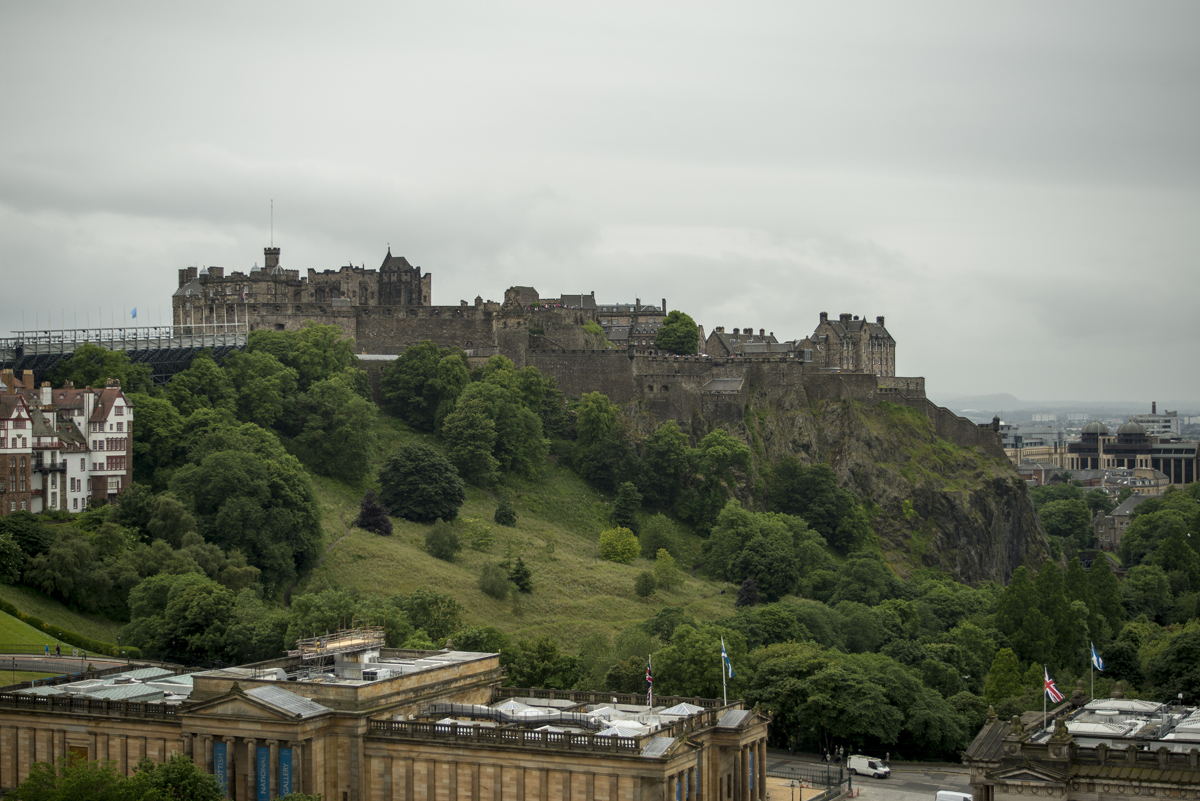
With that said, price is meaningless if the lens sucks. While I was initially impressed, I was only able to do extremely limited testing before leaving for Scotland, and I had no idea how the lens would perform in the field.
The build quality is not reassuring. The whole thing is plastic, even the lens mount. And not the nice plastic we see on premium lenses today, this is classic 90’s plastic. The filter ring rotates when focusing, making polarizer use an annoyance, and both the zoom and focus rings are very loose and rotate freely. The focus ring also makes a bit of a gearing noise when rotated. The 18-55 kit lens is built better than the 28-80, by a not insignificant margin.
Of course, there’s no VR either. While this does keep the weight down, I have to say I missed it on this lens. While neither my Sigma 12-24 nor my Nikon 50mm have VR either, I found that I got the most blurred shots with the 28-80. Mostly because it took a bit to get used to the zoom range - with the 50mm prime I know I have to be extra steady, but when you start at 28mm then zoom to 80mm you keep holding it like it’s 28mm. So while it’s not a complaint given the price and age of this lens, you really do have to be mindful of camera shake and ensure that either the shutter speed is quite high or you’re well stabilized.
Now we get to the good parts though, and autofocus is a big one. As a D lens, the lens relies on the camera’s autofocus motor. So this won’t autofocus with the D3x00 or D5x00 series of cameras. However, on cameras that do have a focus motor, focus is blazing fast. About on par with the 50mm f1.8, it snaps into focus faster than all but the very best AF-S lenses. Speed may be dependant on your camera body, but on the D610 (which isn’t known for AF ability) it worked great.
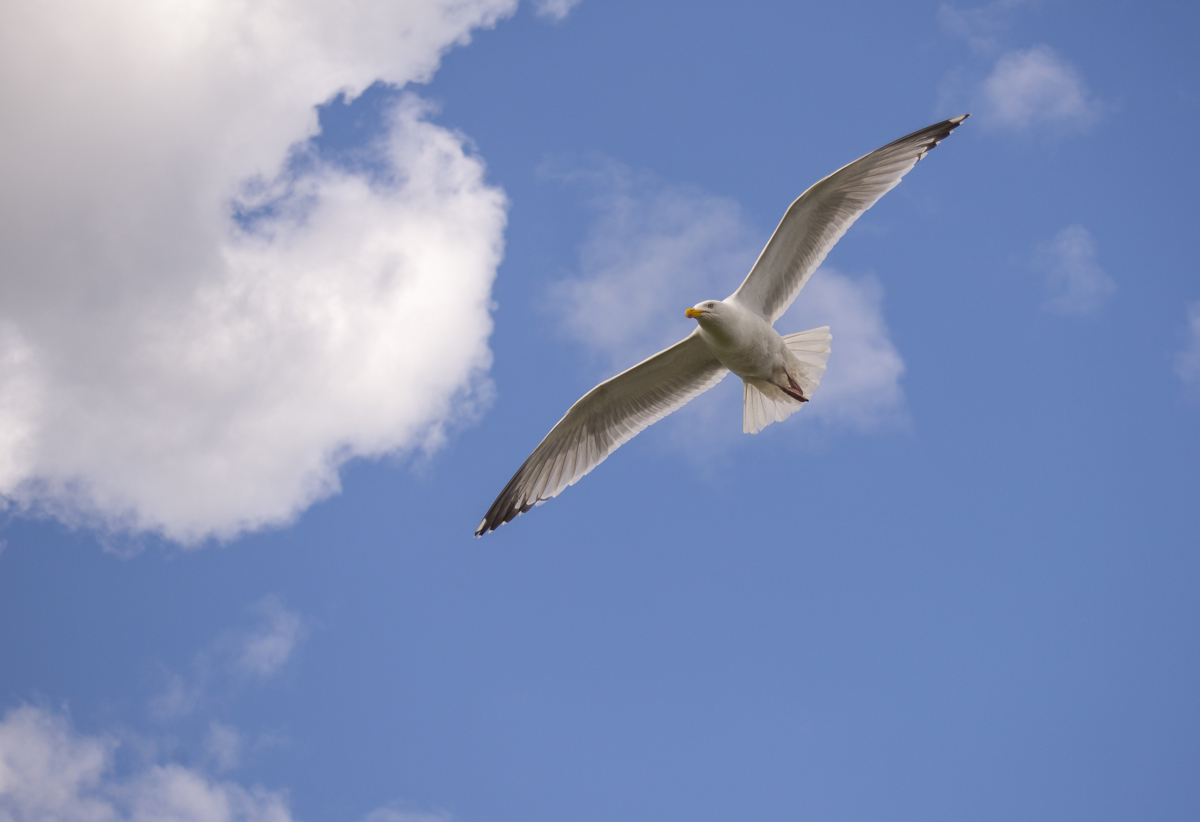
Autofocus tracking on the other hand isn’t as perfect. Again, this depends on the camera body a fair bit though - tracking’s likely better on a D500 than it is on the D610. Though even on my D610, tracking was okay for slow subjects. Shooting seagulls in flight was no problem, but if a subject’s running towards you I’d probably consider a different lens.
Next up is image quality, and fortunately it’s a lot better than the build quality. Almost shockingly so.
Keep in mind, this is a slow lens with an f3.5-5.6 aperture. I tend to treat it as a constant f5.6 lens though, there’s rarely any need to go faster than that at the wide end and the image quality starts to deteriorate when you go below f5.6. In Scotland, I shot it at f7.1 or f8 for the most part though, both for more depth of field and more sharpness.
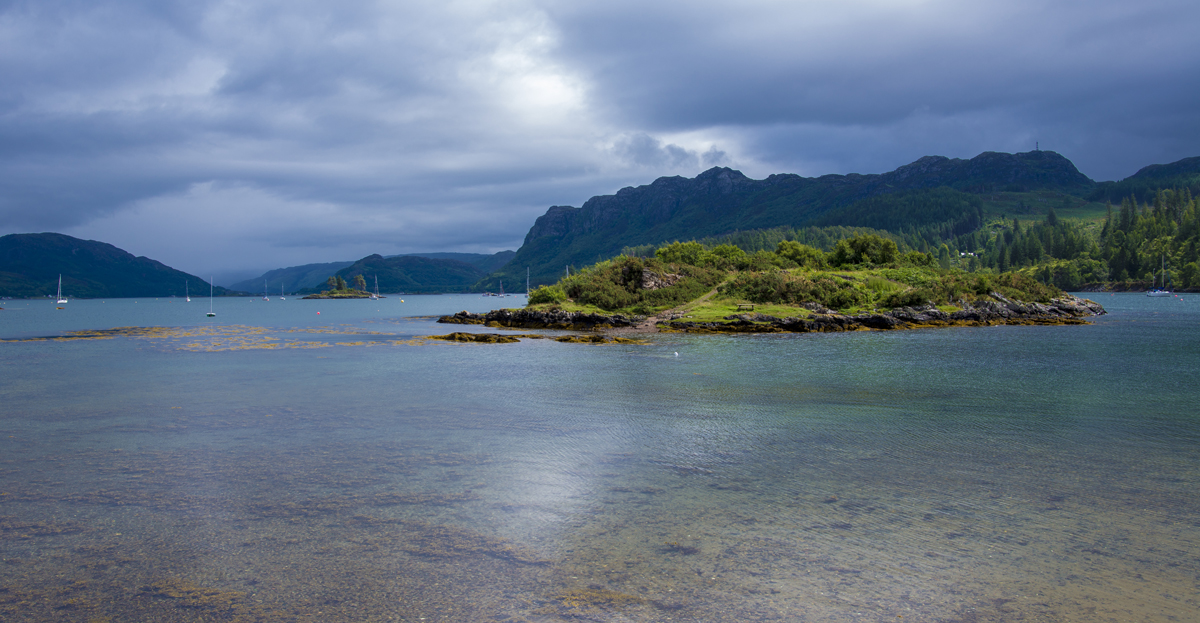
That aside though, the lens is impressively sharp for the price. Now, before I get anyone’s hopes up too much, I will say that the 50mm f1.8D is sharper at f5.6 than the 28-80 is at any aperture. The 28-80 comes close sometimes, but the prime has a bite to it that the zoom can’t match. But the 50mm prime totally sucks at 28mm, so keep that in mind too.
All things considered, the lens is sharp. Not insanely so, but sharp enough that I was perfectly happy to leave it on the camera for hours at a time. The difference between f5.6 and f8 isn’t all that great, the corners sharpen up more but the center’s already good at f5.6. Sharpness throughout the frame is actually impressively even at all apertures and focal lengths, it’s only when you approach the farthest edges that you see noticeable degradation.
Here's a 100% crop from the center of the frame, at 28mm:

Sharpness at different subject distances is also pretty consistent, though I think it may be sharpest at medium distances (say 8 feet to 100 feet). At infinity it seems a little softer, and maybe a tiny bit softer at close range too. Really hard to notice though, and at long range some of that may come from atmospheric issues more than anything like heat haze and mist.
From my informal testing, it appears that the lens is sharpest from 40-60mm or so, with image quality being just a little worse at the extremes of the focal range. That didn’t deter me from using it at 28mm and 80mm though, and at f7.1 or f8 the difference is pretty minimal.
Nearby subject at 80mm f8:
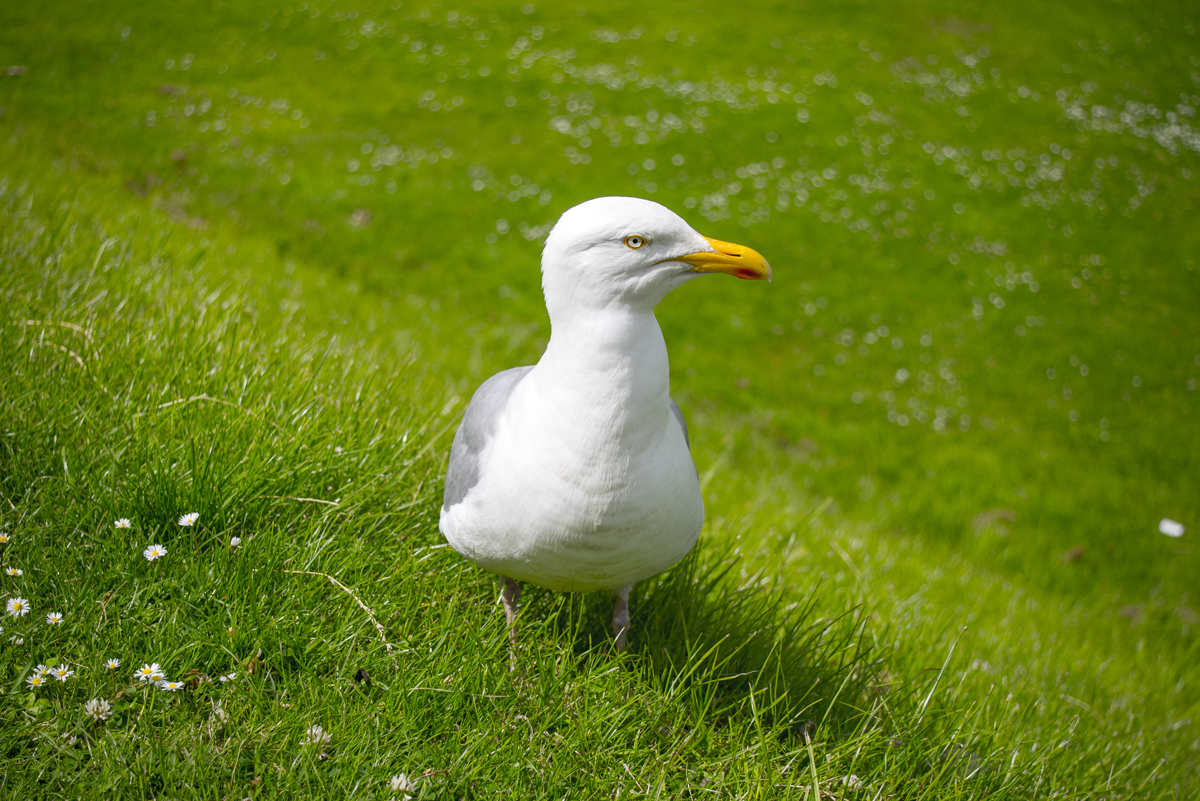
100% crop from the above photo:
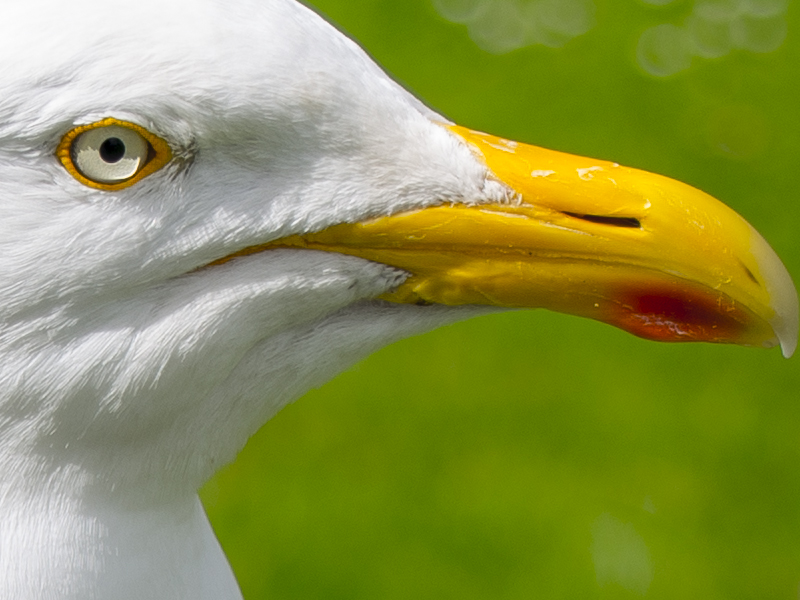
Every now and then a shot would seem a little hazier than I’d like though. Looking through my photos, I think I can pin this on flare. My lens didn’t come with a hood (though you can find hoods for it), and when bright lights are in or near the frame you get some reduced contrast and fuzziness on edges. Every now and then you’ll see a lens flare artefact, but usually they’re quite small. Below is the worst artefact I managed to get - all the rest are almost unnoticeably small.
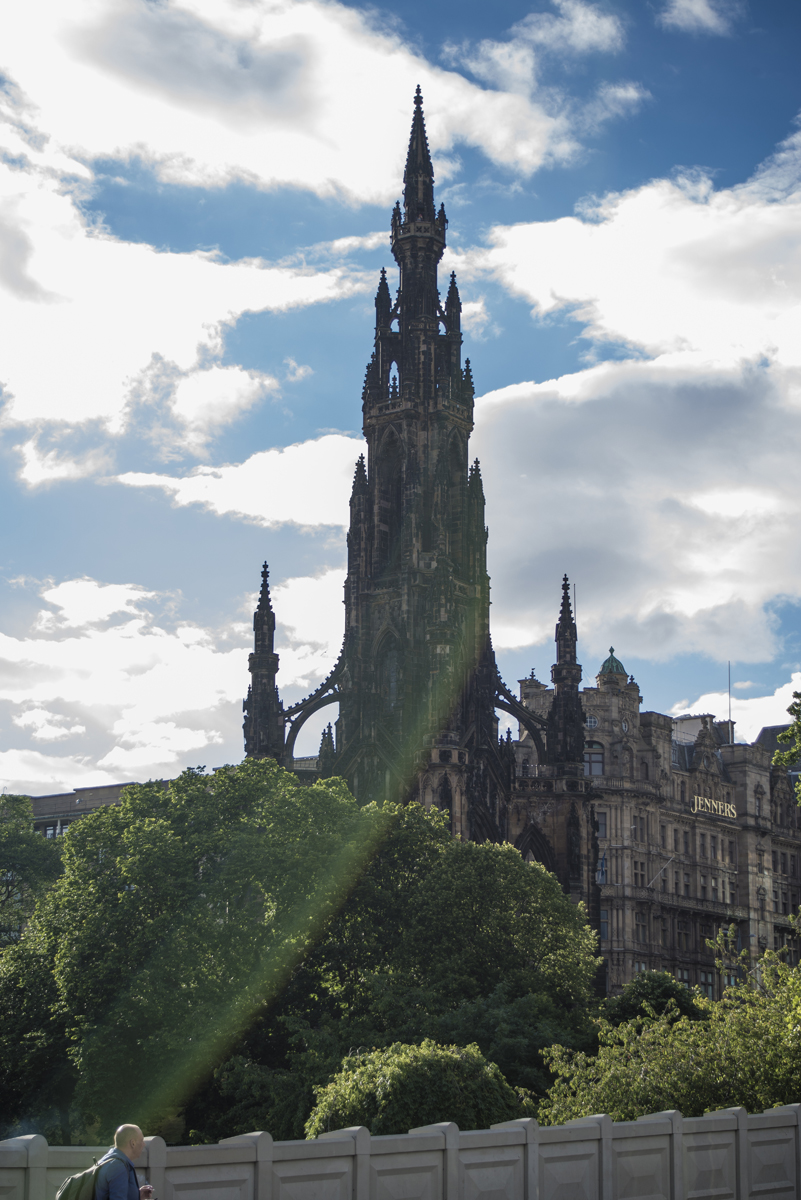
So while flare does cause some loss of contrast, I was honestly pretty impressed with flare performance in terms of artefacts. Apart from that one photo, none of my shots had problematic lens flare spots.
Another nice feature of the lens is the minimum focusing distance. It’s not a macro lens, but you can get close enough for flower shots or other smallish subjects at 80mm. For this reason it’s a great walk-around lens when you want to travel light but have some versatility. I often take it on walks through the woods, and in Edinburgh it was a great street photography lens.
Ultimately, I was very pleased with how this lens worked in my travel kit, and it delivered some images that I couldn’t have achieved without it. It’s very much a jack of all trades - not the sharpest, widest, fastest, or longest lens, but a pretty nice mix of them all that allows for great versatility. The small size and weight is a huge advantage for travel as well, you don’t have to make any sacrifices to include it. And at the price, if anything happens to it it’s no big deal - another asset for travel.
If you already own a 24-120mm, 24-105mm, 24-70mm, or 24-85mm lens it may not be worth buying the 28-80, as your lens probably trounces the 28-80 in every way. However, if you want something small, light, and potentially disposable, it’s certainly worth looking at even if you do have a standard zoom already. If you’re like me, and don’t use a standard zoom, it may be worth grabbing one of these zooms just in case you do want to chuck it in the bag for a vacation, or take a hike with a light kit.

Note that with old, cheap lenses, variations in quality could be dramatic. I’m not sure how my copy of the lens will stack up with any you find, so I can’t guarantee that the results I’ve had will be 100% accurate for every lens. The gist of it should be similar, but you could well find a lens that’s sharper at 28mm than mine, or utter rubbish at 80mm. Also be careful to avoid lenses with fungus, ideally buy from someone reputable, buy in person, or at least ensure that you get lots of clear photos of the lens.
So while this isn’t a lens for everyone, and I can’t guarantee that your results will match mine, I think this is a phenomenal lens for its niche. I could not be happier with the value and convenience of this lens, and the trip to Scotland would have been much more challenging without a standard zoom. If you can’t justify buying a newer lens, but want a lens that’s light, versatile, and decently sharp, I’d highly recommend the Nikon 28-80mm AF-D.
Lauchlan Toal is the creator of UnlockCreativePhotography.com, and a Halifax based food photographer. Outside of food photography, he enjoys most genres, finding fun in any kind of photography challenge.